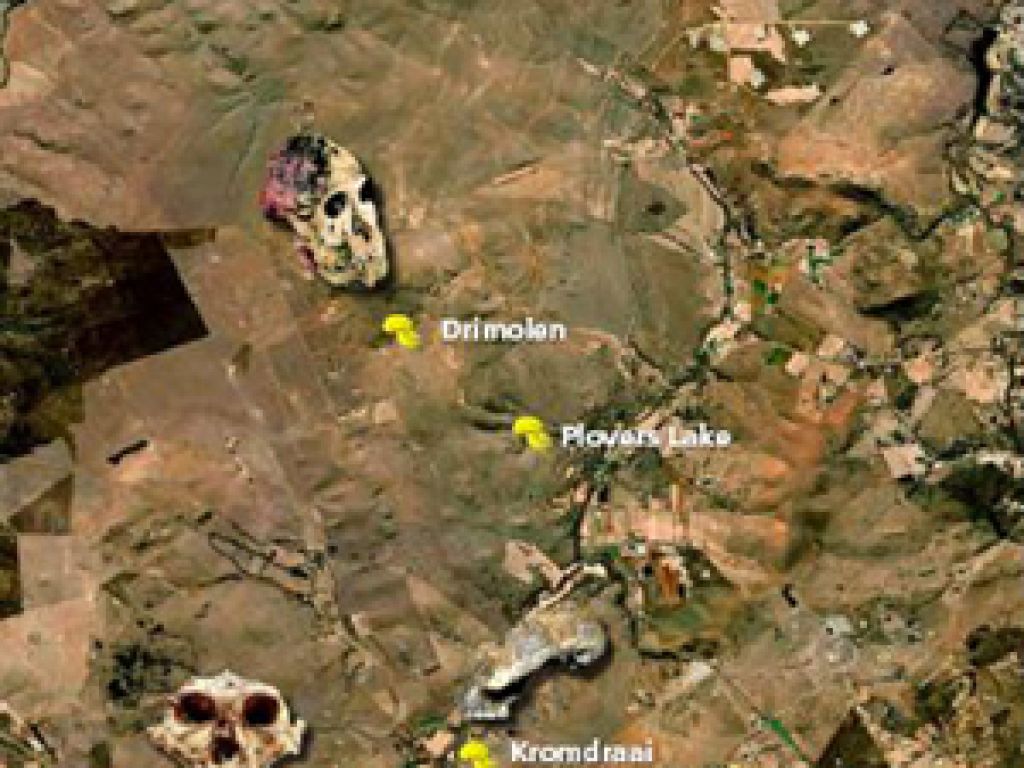And baby makes three …

Infant Australopithecus sediba fossils found
Confirmation that tiny fossilised bones are those of an infant member of the newly named Australopithecus sediba hominid branch has completed a fossil hat-trick for Wits palaeoanthropologist Professor Lee Berger and his research team – for now.
Following the sensational unveiling of two hominid fossils – an adult female and young male – discovered at the Malapa site in the Cradle of Humankind, scientists announced this past weekend that two arm bones belonging to a baby were also found, just a metre from the first two fossils.
Judging from the size of its bones, the baby was estimated to be 12 to 18 months old when it died. The ulna (a bone of the forearm) is less than 1cm wide and about 1.5cm long, while the humerus (upper arm) is 2cm wide.
The fossils were discovered by Dr Brian Kuhn, a researcher based at the Institute for Human Evolution at the University of the Witwatersrand. He initially believed that they were those of a sabre-toothed cat.
“Only after cleaning them up did I realise that it was an infant. Given the amazing preservation of the site, I would be surprised if we don’t find more …” said Kuhn.
The proximity of the infant to the female makes it likely that it was her baby.
Kuhn explains: “If they behaved like modern primate troops, there’s a very good chance this baby was riding the adult female the way young baboons ride or hang onto their mothers.”
Although the news of the discovery only became public this week, the bones were actually found on May 17 last year, buried in a small, oval rock.
The close proximity of their fossilised remains has led scientists to believe that the hominid trio fell into the cave and died not long after each other, some two million years ago.